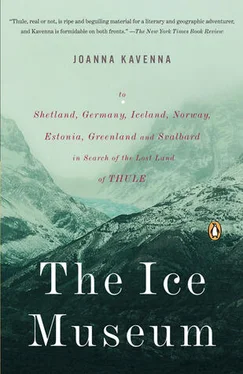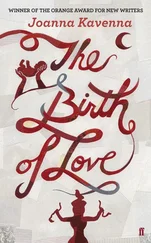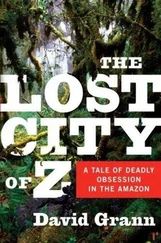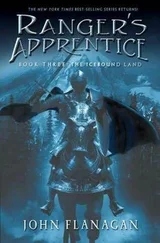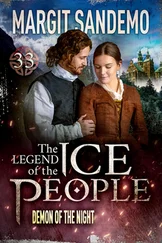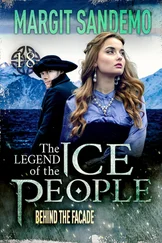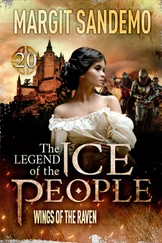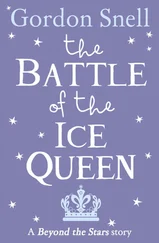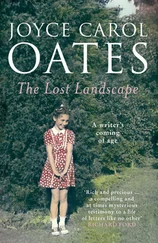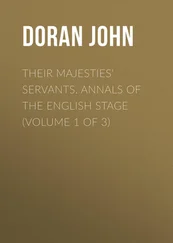I moved on, through the empty restaurant, where champagne buckets were laid out ready for the lunchtime rush. At the edge of the cliff the tourists massed like seagulls, peering down at the grey ocean, which lapped the base of the cliff. They took photographs of each other, standing in front of the view out to sea.
When I returned to the boat, I watched the sunlight flood across the rocks, as the boat eased past the isolated settlements of box houses, designed and constructed after the war, planted on the soil. Past the layers of sandstone and granite, the striped mountains of brown and grey. I stood on the deck, watching the light gleaming across the pastel mountains, turning them purple. The sun shone like fire on the rock pillars. Small villages emerged out of the rock desert, and receded again, as the boat moved onwards into further miles of slab rocks lurking above the sea. The lights flashed at the entrances to the harbours, the night was rich and bloodied, the sun disgorging its colours across the water.
The sky was blue in the early morning, though dark clouds lined the tops of the mountains. The sun cast a pale light across the empty land. The sun flickered across the purple mountains, the trees lined the roads, the roads wound southwards, receding into points at the horizon, a distant horizon, the sun drifting towards it.
The German troops had sat up in the north, waiting to fight the Russians, oppressed by the cold. ‘The Arctic is nothing,’ they were told by their commanders, but the winter storms chased across the sea and the nights were long and bleak. The Germans and Russians fought across the border for the port of Murmansk. Thousands died on both sides, as the struggle of the summer of 1941 dragged into the winter. Even when spring came, the troops were lost in snow blizzards, scrambling across ice-hard rivers, their guns frozen. The campaigns were stalled by the frozen season.
The occupation had violently altered the view; along the shore of the northern coast, in every town I came to, the story was the same. In October 1944, after intense fighting, Russian troops entered Norway. The order came to the German forces from Hitler that a scorched earth tactic should be used, without compassion for the inhabitants. They were to be removed by force, as necessary. As the Russians advanced across the border, the Germans burned every home, and retreated to the west. The German troops chased backwards from the Russian border towards Tromsø, hounding the inhabitants of the towns and villages into overcrowded refugee ships. The dead zone encompassed an area larger than Denmark; sometimes all that remained of a vibrant fishing town was its church, spared through piety or superstition, standing on an empty coast. Most of the inhabitants lost everything; sometimes they buried their valuables, their family heirlooms, hoping to save them. In one of the museums along the coast, I had seen two plush and silk armchairs, which were found buried in the ground and never reclaimed by their owners. They remained in the museum, remnants of a vanished town.
Along the coast, I had seen the displays of grainy black-and-white postcards of towns torched by the retreating Germans, before and after shots, grim in their contrasts. In Bodø Museum I bought a postcard of the harbour, from 1897, a shot of a crowd gathering on a short pier made of wood, staring out to sea at a steamer. A great cloud of thick white smoke gushes up from the ship’s chimney. A faded reminder of the northern towns as they had been, as Nansen passed them in Fram , as the Germans first found them: quiet, isolated settlements, clusters of wooden houses, a solitary church rising above the sloped roofs. The inhabitants of the western villages saw the smoke clouds in the distance and heard the Germans approaching.
After the burning, nothing remained except shadows of ash, lying where buildings once stood, and the outlines of roads. Beyond, the rock islands in the harbours loomed large above the dust. After the end of the war, rows of ready-made houses were brought over from Sweden, hammered up in a week. New wooden rows were planted on the blackened soil, sparsely furnished and hurriedly decorated. Later the towns took to concrete—concrete bunkers, a line of concrete shops, a concrete library, sometimes a concrete church.
Kirkenes had been burnt, transformed in a day into rows of piled-up ash and debris, the mountains scarred by soot. At Kirkenes, by the Russian border, the boat stopped for the last time. The wind blasted through the concrete town square and Russian trawlers sat in the harbour. The sounds of Finnish and Russian mingled with the long vowels of the Norwegians. In Kirkenes the day dawned into a white brilliance, and the sea glinted under the glare. The streets were full of teenagers in trainers, and the older inhabitants were sitting in the sunshine, though the wind was cold. Kirkenes was a place of multi-coloured wooden houses backed by green hills lined with silver birch trees, stark against the pallid horizon. An iron ore mine stood near the road out of town, the machinery left to rust. The silver Pasvik River flowed to the Barents Sea.
As the wind bent the trees, I took a bus to the border, which ran through streets of large wooden houses, post-war constructions, and past frozen lakes, and across a bridge. It was another bizarre ride for tourists, in the anti-Disneyland of the north, where the main attraction was the vastness of the mountains. If you missed a trip, to a frozen escarpment or to an empty glacier, you could come round again; the monumental rocks never changed. There were even bedraggled tourists here, looking jaded and cold, clutching their cameras like amulets against disaster. They were quiet on the bus, as if they had hoped for something else, but they resolutely lifted their cameras to the view, to the signs in Russian and Norwegian, to the silver river. The road began in Kirkenes and ran to the Russian town of Murmansk, through the empty border-lands.
But we stopped at the border, at a white gate flanked by stone pillars, where soldiers sat in huts, guns on their laps, their faces obscured. A kiosk sold Russian dolls and ice cream. For a few minutes everyone stood uncertainly, leafing through the postcards, looking at the Russian and Norwegian flags, dancing side by side as the wind tugged at their ropes. Then the bus turned around again.
Later, I sat in a modest wooden house, on one of the homogeneous streets of wooden houses in Kirkenes, which ended in a small park. I was drinking coffee with a middle-aged Norwegian woman. Her house was mostly pink, the walls were pink, and the frills on the cushions; the shelves were covered with ugly china, the sorts of ornaments that appeared at village fête stalls and would be packed into boxes at the end of the day again, unbought. But she had bought in bulk.
She was Gunvor, and she was wearing pink, with her grey-blond hair scraped into a bun. She had a firm handshake, but she had welcomed me with a veiled expression. I understood why. Gunvor was the leftover debris of World War Two, the leftover debris of the Aryan obsession, Quisling’s regeneration of the Nordic race, Himmler’s blond-lust. Gunvor was called a krigsbarn by her countrypeople, a war child. She had been called worse; she was called names throughout her childhood—half-breed, misfit, outsider—and her mother was sometimes called a German whore. There were thousands of children like Gunvor, maybe as many as ten thousand in Norway, and thousands in other occupied countries, but this still didn’t make the Norwegian authorities inclined to favour them after the war.
During the war, Himmler’s Lebensborn homes were established in Norway, and Hitler issued an order for ‘the advancement of racially valuable German inheritance’ by supplying care and provision for the children of German soldiers born to Norwegian and Dutch women. SS men could sleep with local women, without the fear of having to provide for the child: if the union resulted in a pregnancy, then the services of the Lebensborn homes were available, or the child could be taken back to Germany and supplied with foster parents. Some said these homes were breeding centres; neighbours imagined rooms of ‘Aryan’ seductresses, waiting for their next soldier. More likely, they were kept in line with Nazi faux-morality, overseeing the births of ‘Aryan’ children.
Читать дальше
